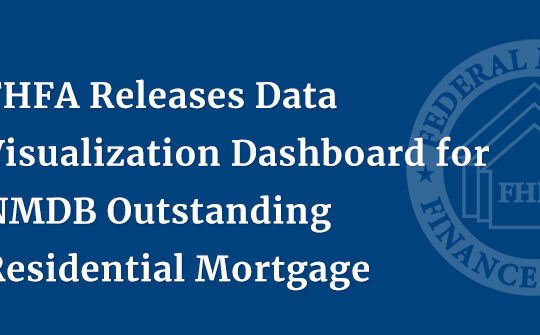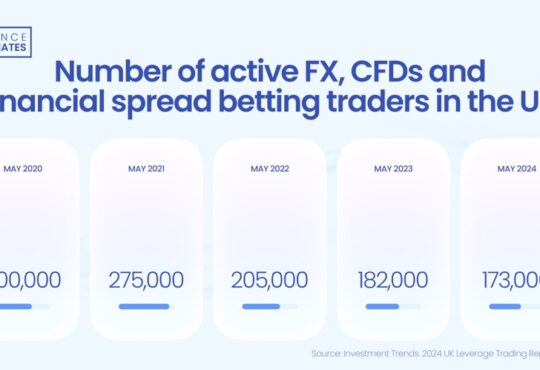EU Sustainable Finance Legislative Impact on Private Funds: Overview Guide | Insights & Resources

The Taxonomy Regulation provides a framework for qualifying an investment as a taxonomy-aligned environmentally sustainable investment in parallel to SFDR. It establishes an EU-wide classification or
taxonomy intended to provide businesses and investors with a common language to identify to what degree
economic activities can be considered environmentally sustainable. Note that neither the SFDR nor the
Taxonomy Regulation oblige firms with Article 8 or 9 products to make taxonomy-aligned investments.
An economic activity is sustainable if it:
- contributes substantially to one or more of the E objectives;
- DNSH to any other environmental objective;
- complies with technical screening criteria; and
- complies with certain safeguards.
Assessment is against six ‘environmental objectives’: climate change mitigation; climate change adaptation;
sustainable use and protection of water and marine resources; transition to a circular economy; pollution
prevention and control; and protection and restoration of biodiversity and ecosystems.
The Taxonomy Regulation imposes supplemental disclosure obligations on FMPs as follows:
- for Article 8 or 9 SFDR products: (i) information on the ‘Environmental Objective(s)’ (as per the six set
out in Article 9 TR) to which the underlying investment contributes; and (ii) a description of how and to
what extent the underlying investments are in economic activities that qualify as environmentally
sustainable (under Article 3 TR); and - for Article 8 SFDR products, an additional disclaimer – that the DNSH principle applies only to products
that take into account the sustainable economic activity (and other investments do not).
The Commission’s May 2022 Q&A confirmed that Article 8 funds that promote environmental characteristics
must disclose the degree to which the fund’s investments are in economic activities that are taxonomy-aligned
in the pre-contractual disclosures, regardless of whether the fund commits to investments in environmentally
sustainable investments. Where an FMP “fails to collect data” on the degree of Taxonomy alignment, “the precontractual
and periodic product related disclosures must indicate zero.” Recent guidance provides that
complementary (i.e., additional) assessments and estimates can be used to assess the Taxonomy alignment of
companies out of scope or not yet reporting under the Taxonomy or CSRD. This should alleviate some of the
difficulties FMPs face in accessing sustainability data.
For other products under SFDR (i.e., not falling under Articles 8 or 9), a negative disclosure is required to
confirm that all out-of-scope financial products are indeed out of scope, using prescribed wording as follows:
“The “do no significant harm” principle applies only to those investments underlying the financial product that
take into account the EU criteria for environmentally sustainable activities. The investments underlying the
remaining proportion of this financial product do not take into account the EU criteria for environmentally
sustainable economic activities.” The TR also applies to companies that are required to publish a non-financial
statement under the Accounting Directive and those companies will be required to include additional
information in their non-financial statements on how and to what extent their activities are associated with
environmentally sustainable economic activities.
The TR criteria for when an economic activity can qualify as environmentally sustainable or taxonomy-aligned differs from the ‘sustainable investment’ SFDR definition.
| Taxonomy Regulation: environmentally sustainable investments |
SFDR: sustainable investment |
| Substantial contribution to one or more of the six environmental objectives |
Contribute to an E or S objective |
| DNSH to other environmental objectives | DNSH to those objectives |
| Complies with technical screening criteria | |
| Compliance with minimum safeguards (i.e., OECD Guidelines for Multinational Enterprises and the UN Guiding Principles on Business and Human Rights including the principles and rights set out in the eight fundamental conventions identified in the Declaration of the International Labour Organisation on Fundamental Principles and Rights at Work and the International Bill of Human Rights) |
Investee companies follow good governance practices |






